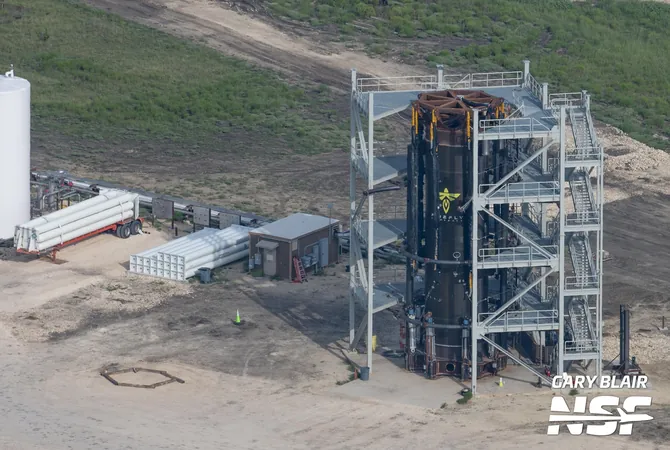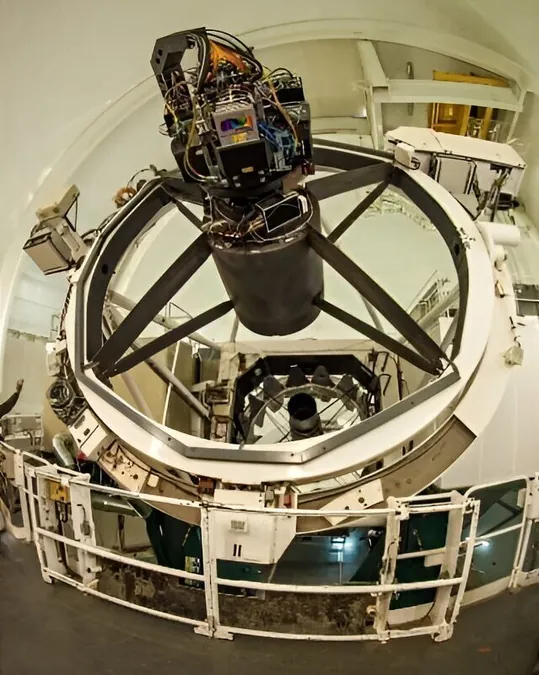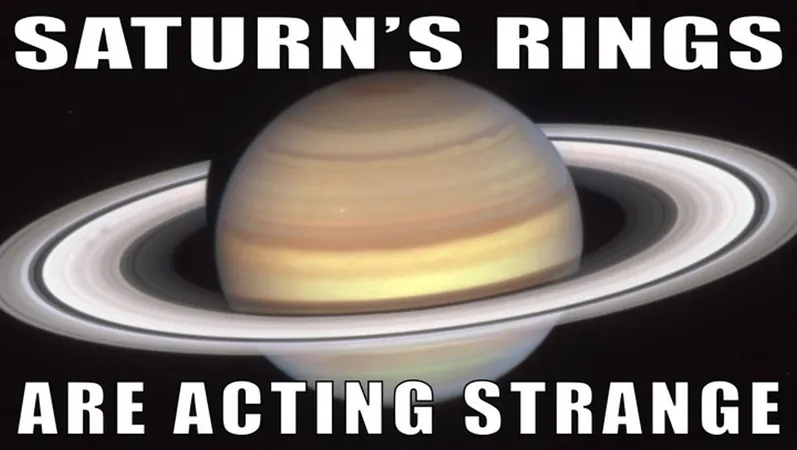
Firefly Aerospace Unveils Ambitious Plans for Next-Gen MLV Rocket with Reusability Focus
2024-09-27
Firefly Aerospace's New Era of Innovation
Firefly Aerospace is entering a new era of innovation as it gears up for its Medium Launch Vehicle (MLV) program, which promises to revolutionize satellite launches and the future of space exploration. The company is actively developing the MLV at its Briggs test site in Texas, leveraging cutting-edge technology in its Miranda and Vira engines. Meanwhile, preparations for upcoming Alpha rocket launches continue.
Chief Engineer's Updates
Chief Engineer Miles Gray recently guided engineers and stakeholders through the facility, offering a detailed update on the MLV's status and its advanced design aimed at enhancing reusability. Reflecting on successful strategies employed by industry pioneer SpaceX, Firefly is entering the reusability arena with a different twist—developing a recovery system reminiscent of SpaceX’s famed "Mechazilla" catch system, while exploring three distinct designs to determine which best fits their MLV’s needs.
Firefly’s Journey in the Launch Market
Firefly’s foray into the ever-competitive small satellite launch market began after its revival in 2017, and since then, the company has made significant headway. The Alpha rocket, which stands at 29.5 meters, has proved successful in numerous test flights, but the MLV will dwarf it at an impressive height of 55.7 meters, with the capability to transport payloads of up to 16,300 kg to low-Earth orbit (LEO)—a game-changer for large satellite deployment.
Strategic Partnership with Northrop Grumman
In partnership with aerospace giant Northrop Grumman, Firefly is intensively testing MLV’s carbon composite structures, scaling up from those used in the Alpha rocket design. This collaboration not only enhances engineering efficiency but also ensures that Firefly leverages the best industry practices for rocket construction.
Innovative Reusability Features
One of the standout features of the MLV will be its focus on reusability—a rapidly becoming standard in the aerospace sector. Rather than employing traditional landing gear, Firefly is developing a unique ground catch system to recover the rocket after launch. This innovation could save costs and resources in an industry where reusable components are paramount.
Engineering Efficiency and Smart Solutions
“We’re exploring multiple options for reusability, focusing on efficiency and smart engineering solutions that push the boundaries of rocket design,” commented Gray. By utilizing a system that combines propulsive landing with a form of ground capture, Firefly aims to scrap the ineffective methods of the past in favor of a more streamlined recovery approach.
Grid Fins for Maneuverability
Adding to its innovative design, Firefly plans to enhance the MLV with grid fins, allowing for greater maneuverability during descent and potentially serving as attachment points for the recovery system. This strategic use of design elements means that every component on the rocket ideally serves multiple functions, contributing to the mission's overall success.
Advancements in Manufacturing
Firefly's advancements don't stop there. The company recently completed its first MLV pressure and propellant tanks, crafted using an advanced Automated Fiber Placement (AFP) machine that drastically reduces production time and cost. This efficiency is vital as Firefly works to double its manufacturing capacity, expanding its Briggs campus to over 200,000 square feet to accommodate several new facilities.
Incorporation of New Engine Technology
The development pipeline for MLV also integrates key lessons and technologies derived from the Alpha rocket program, including the innovative tap-off engine cycle in the new Miranda engines. With seven of these powerful engines providing lift for the MLV, the system will benefit from enhanced deep throttling capabilities, facilitating simultaneous performance and reusability.
Looking Toward the Future
Perhaps most exciting is the incorporation of proven technologies from the Antares program, instilling confidence in the MLV's design and pushing the boundaries of what Firefly can achieve. This leap not only reinforces Firefly's position in the small satellite launch industry but also sets the stage for potential future missions to the Moon and beyond.
Conclusion
With a clear path toward innovation and growth, Firefly Aerospace is not just developing another rocket; they’re reshaping the landscape of space travel as we know it. Stay tuned, as this story continues to unfold!




 Brasil (PT)
Brasil (PT)
 Canada (EN)
Canada (EN)
 Chile (ES)
Chile (ES)
 España (ES)
España (ES)
 France (FR)
France (FR)
 Hong Kong (EN)
Hong Kong (EN)
 Italia (IT)
Italia (IT)
 日本 (JA)
日本 (JA)
 Magyarország (HU)
Magyarország (HU)
 Norge (NO)
Norge (NO)
 Polska (PL)
Polska (PL)
 Schweiz (DE)
Schweiz (DE)
 Singapore (EN)
Singapore (EN)
 Sverige (SV)
Sverige (SV)
 Suomi (FI)
Suomi (FI)
 Türkiye (TR)
Türkiye (TR)